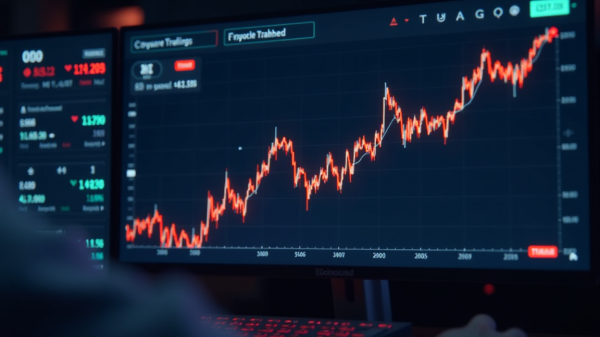Trading Assistant: What Does A Trading Assistant Do?
For those who’ve ever wondered about the backbone supporting certified traders, trading assistants stand out as the unsung heroes. Lets see what a trading assistant is, how to become one and what skills you need to possess for this role.
What is Trading Assistant – Main Roles of a Trading Assistant
While the main task of a trading assistant involves providing general assistance to the trader, their role isn’t limited to just that.
They also run errands for traders, which might sound simple but can be vital. It can range from grabbing a quick lunch to fetching a crucial cup of coffee, ensuring the trader remains fueled for the day’s tasks.
Analyzing market data, trends, and news to provide insights to traders. Assisting in monitoring and managing the risks associated with open positions. Relaying information between traders and clients or between traders and brokers. Using and managing trading software platforms, ensuring they function correctly and updating them as necessary. Compiling daily, weekly, or monthly reports on trades, market conditions, and portfolio performance.What’s it like to work as a trading assistant?
Imagine a trading assistant as a diligent apprentice. Their workspace buzzes with the sound of phones, the hum of computer monitors, and the rhythmic tapping of keys, all while managing risks and selling financial products.
Their chief responsibility revolves around working hand-in-hand with a certified trader. Together, they navigate the volatile seas of the financial markets, ensuring that clients get the best deals and services.
This position is typically not a permanent one. Most trading assistants work in tandem with a trader for up to two years. This period serves as an intense learning curve, equipping them with the knowledge and skills to potentially become a full-time trader. It’s a path of progression, where they evolve from assisting in managing risks to taking risks themselves.
Key Skills for a Trading Assistant
Ability to analyze financial data, trends, and market reports to assist traders in making informed decisions. Being comfortable with numbers, especially when dealing with large volumes of trades, and understanding complex financial instruments. Familiarity with trading platforms, software, and other technological tools used in the trading environment. Quick thinking to address and resolve issues that arise, ensuring smooth trading operations. Understanding market dynamics, various financial instruments, and the broader economic landscape.How to become a trading assistant?
Now, how does one step into this role? Contrary to popular belief, considering the stressful and complicated nature of trading, the entry barrier isn’t too high.
The essential qualifications often involve having a bachelor’s degree, preferably in fields like economics, business, or finance. However, the real key lies in where you start.
Aspiring trading assistants should aim to seek positions at a reputable bank or financial services firm. The advantage here is clear: prior experience is usually not a prerequisite since supervision of a trader ensures they get the guidance they need.
A trading assistant is more than just an assistant. They are the crucial bridge between learning and executing, between studying and practicing.
As they assist, learn, and grow, they inch closer to taking the Series 7 and Series 63 exams, paving their way to becoming licensed traders themselves. The world of finance, with all its complexities, thrives on such roles, each one as indispensable as the other.
The post Trading Assistant: What Does A Trading Assistant Do? appeared first on FinanceBrokerage.
























